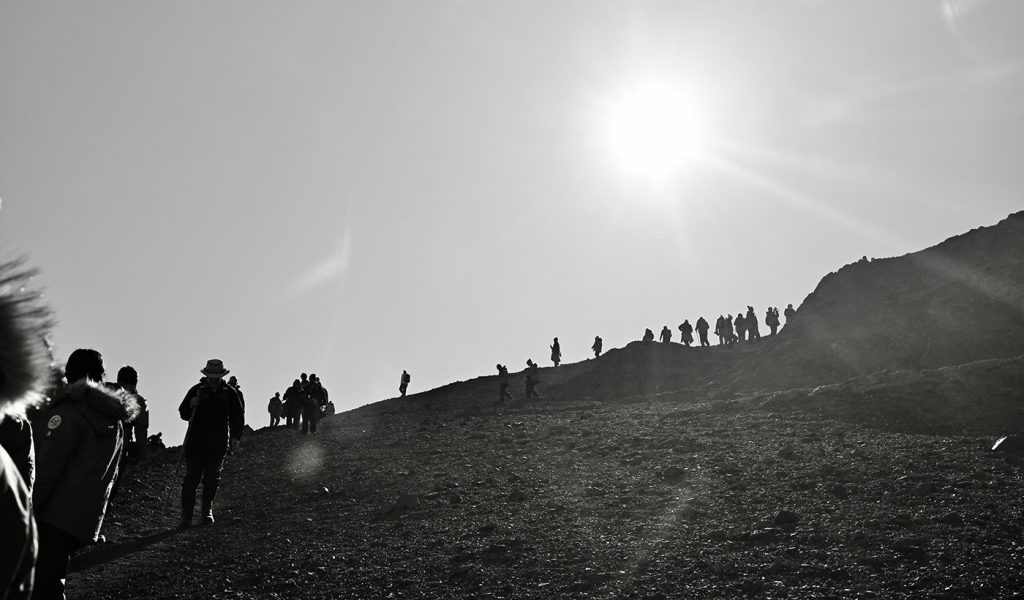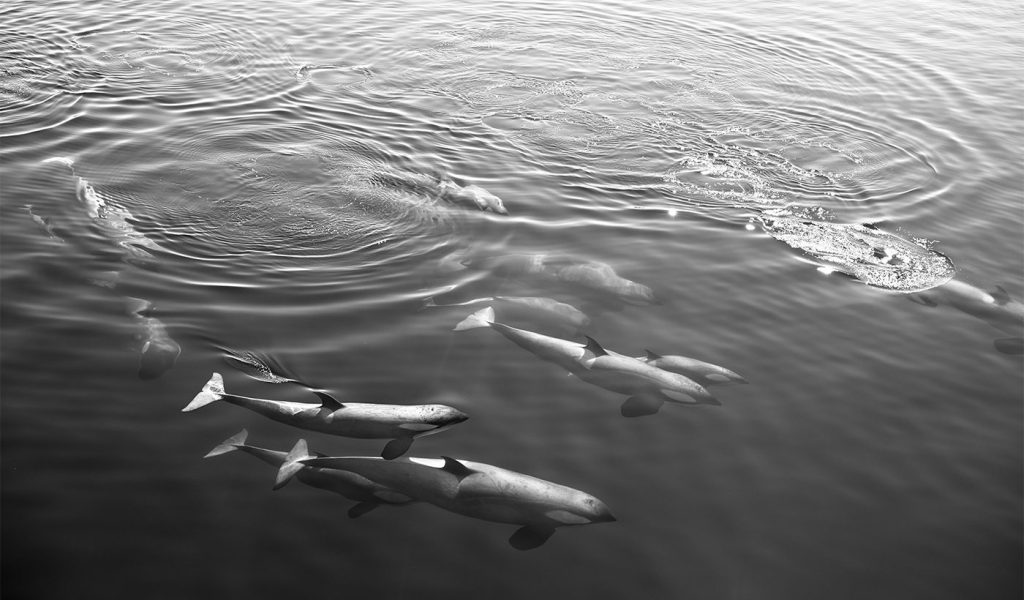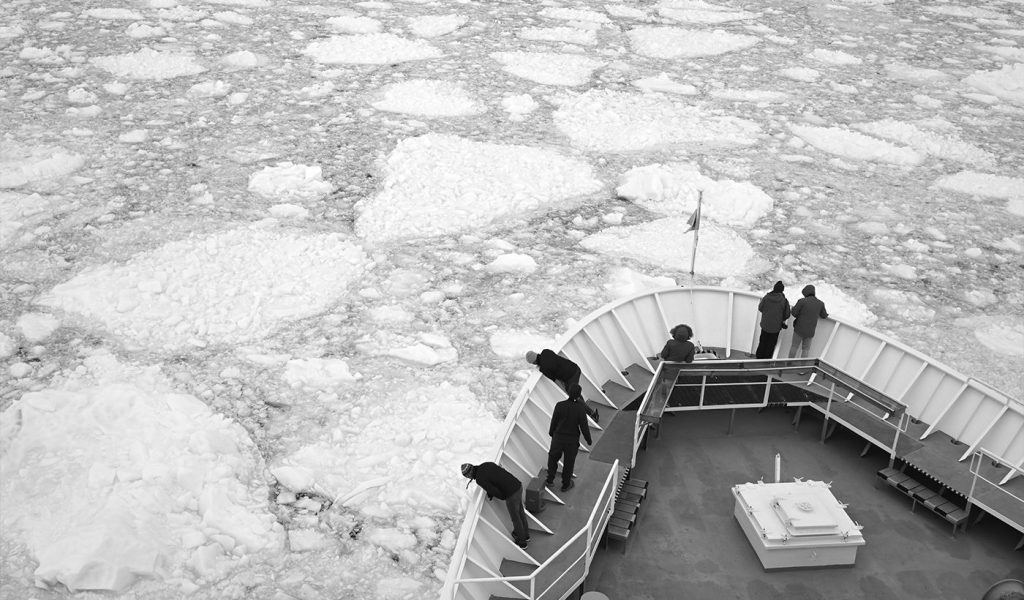Hit the Books with Dan Milnor: Lessons from an Expedition
On January 12, 2024, I returned from an expedition to Antarctica. Before I can break down the lessons learned from this little adventure, there is something else that needs to be addressed: my gratitude. I realize how fortunate I am to be able to write this post. As my rubber boots hit the shores of Antarctica, I realized I was setting foot on my seventh continent, something that this kid from rural America never imagined he would be able to do. Photography has taken me near and far, and for this, I am eternally grateful.
Most modern adventures come with strings attached. A list of chores along the way, content to be created, or pressure to achieve, and my expedition was no different, which led me to my first lesson learned. Take the time to be in the now. Much of what we do today is designed to be consumed by someone else. This is the price of admission for storytellers like me. I tell stories for you, so you are part of my journey, whether you know it or not, but it is so easy to allow the idea of an audience to consume the journey itself. Don’t allow this to happen because before you know it, the trip is over, and the memories of your experience fade quickly when you fail to take the time to embrace and understand your surroundings.

The next lesson learned was that when it comes to photographic equipment, less is more. At the same time, the kit should also be best suited to the environment you’re shooting in. Historically, I am a fixed lens photographer. I’ve shunned zoom lenses for most of my career, but when I found myself in a Zodiac inflatable and unable to move my body elsewhere, I realized my lens choice for the trip was suboptimal at best. All around me, experienced photographers worked with their zooms, while I constantly felt I didn’t have the right focal length. This was especially painful when you considered what was required to get to Antarctica. (The 100-400mm zoom range is perfect for this region.)
Next, pick a style of work that best tells your story and focus solely on that technique. I, on the other hand, attempted to do 12 different things. Twelve different kinds of work. I used my mobile phone to make still photographs and 9:16 and 16:9 videos. I used two Fuji mirrorless cameras to make both stills and motion content. And I used a third Nikon mirrorless to make black-and-white still photographs and motion. Finally, I used an action camera to round out my footage. This is not only ridiculous, but it also simply doesn’t work. There isn’t a photographer on Earth who can do more than one thing at a time and expect to do that one thing to the best of their ability. I knew this going in, but I didn’t realize how unsustainable it was until the expedition had begun. Each day was a fire drill of reaching for too many cameras to do too many things. I was still able to do good work, but I wonder how much better my take would have been had I simply focused on one methodology. (Good doesn’t equal great.)

Another lesson learned was to ask questions and talk with fellow expedition members. My natural state is that of an introvert, so it is very easy for me to disappear into my photography while avoiding human contact. But on a ship in Antarctica, this is a limiting and somewhat silly move. Many of the folks who travel to Antarctica are science and nature-driven people. Many of these travelers were slightly older, highly accomplished, and talented in myriad ways. I met a cybersecurity expert who worked for the U.S. government, a birder with 6000+ birds on his life list, and a politician from South Asia, among many others. There were naturalists, ornithologists, geologists, and divers who specialized in diving under the ice. Meeting and learning from these people were a huge part of the experience.
The last lesson learned was something I knew all too well, but the trip reinforced the importance. Write! Pen and paper, keypad, whatever works for you. Just make sure you do it.

We think we will remember the details but that is perhaps not what the human brain does best, which is where the pen and paper come in. Make notes, take notes, stream of consciousness, overheard conversation, simple observations, etc. It’s all valid and all good, especially when you decide to make a book to sum up your adventure. Books have a narrative and words can be a foundational piece of the book workflow.
As the ship returned to the edge of South America, someone asked me, “If allowed to turn right around and return to Antarctica, would you?” My immediate answer was “100% yes!” Many see a trip like this as a once-in-a-lifetime experience. I won’t go that far because, for some reason, I feel like I will return to Antarctica. I found the experience haunting in the most powerful of ways and knowing what I know now, I’m curious what I could produce if given the chance to return.

